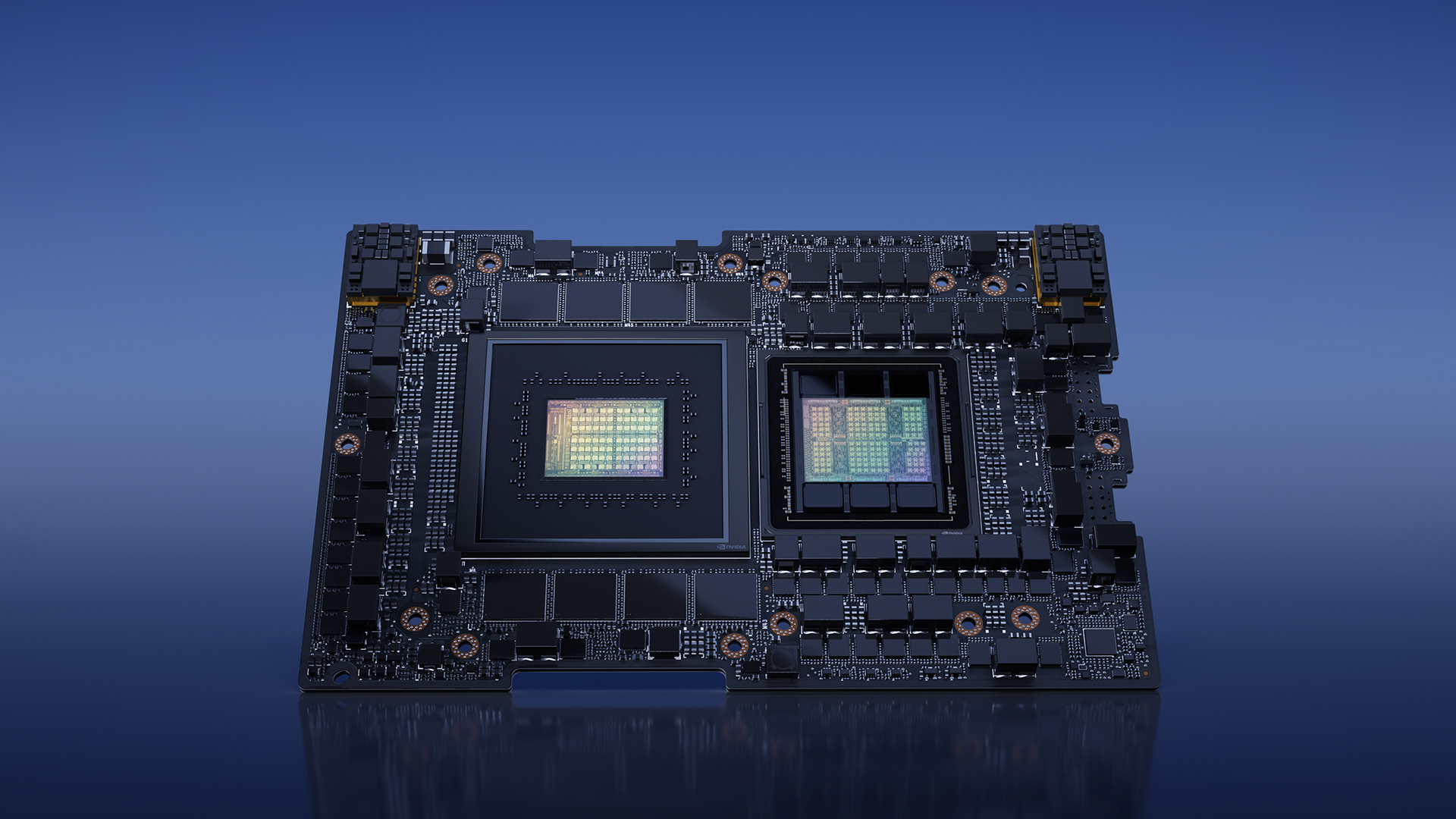Alex he may not fully comprehend what Sony's goals were with the pro console that an equity research analyst or CFO may understand. We dont know the exact figures of how many PS4 pros were sold. But we do know with 100% certainty that Sony looked at PS4 pro sales numbers (and the synergies it brought about) and was so impressed they designed the current PS5 with a PS5 pro in mind.The whole reason for this discussion was to understand why Alex referred to 14M PS4 Pros.. as "incredibly low"... when the answer is obvious... because it is. 14M out of 120M+... IS incredibly low.
I didn't ever see Alex claim X number of high end GPUs.. was some high percentage.. so I'm not sure why the comparison to PC GPUs was made in the first place. We all know buying habits are different... and PCs serve far more uses. Not to mention comparing known numbers to estimates..
To put it within context, what sales that an individual without finance training may consider low, may actually exceeds what Sony's finance team expected. The PS4 pro sales were great and filled a gap that wouldnt have been filled by a much weaker PS4 despite the PS4 continuing the sell well. And they're going to do it again this gen with the PS5 pro. Its not just about mere sales figures but business/product synergies.




